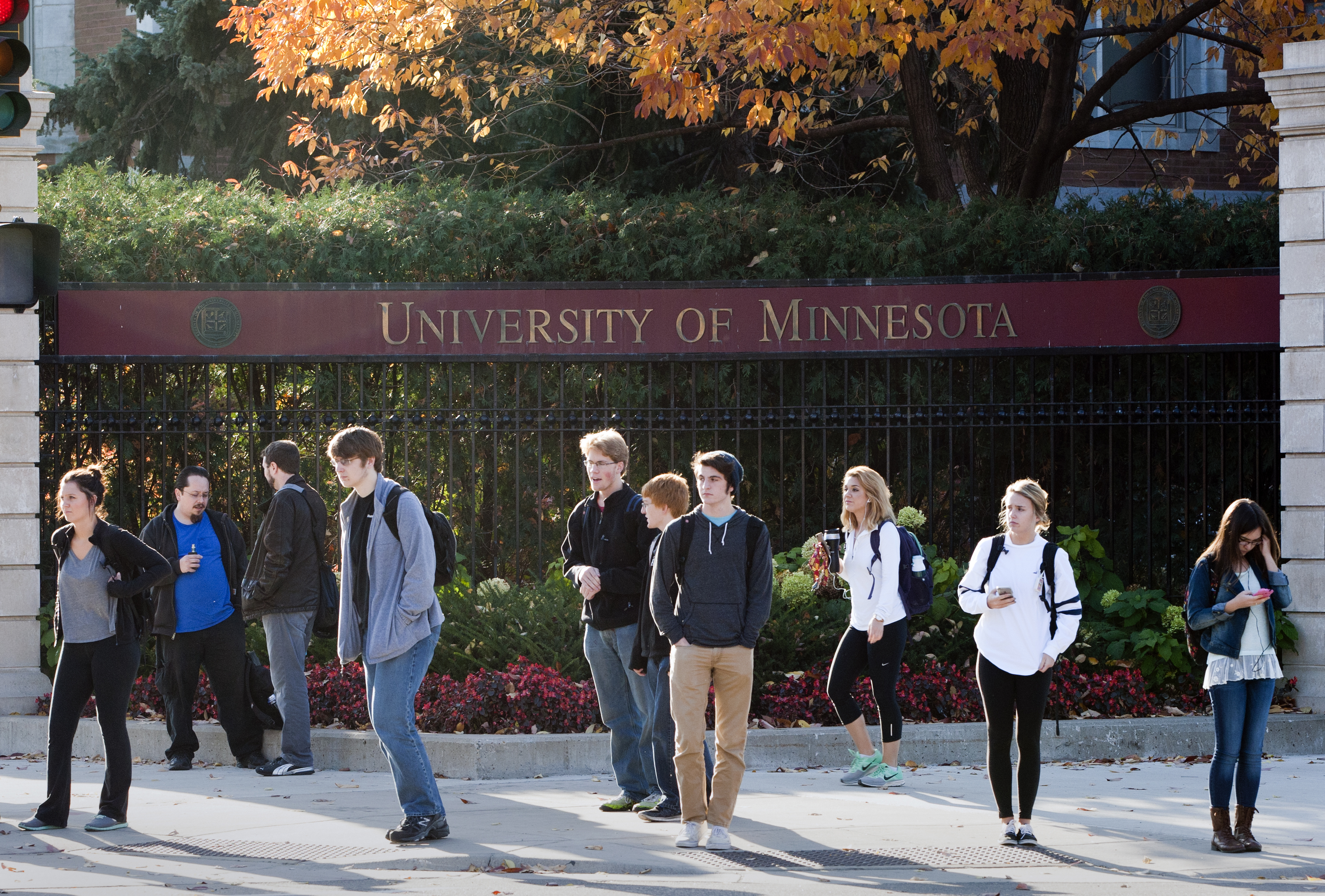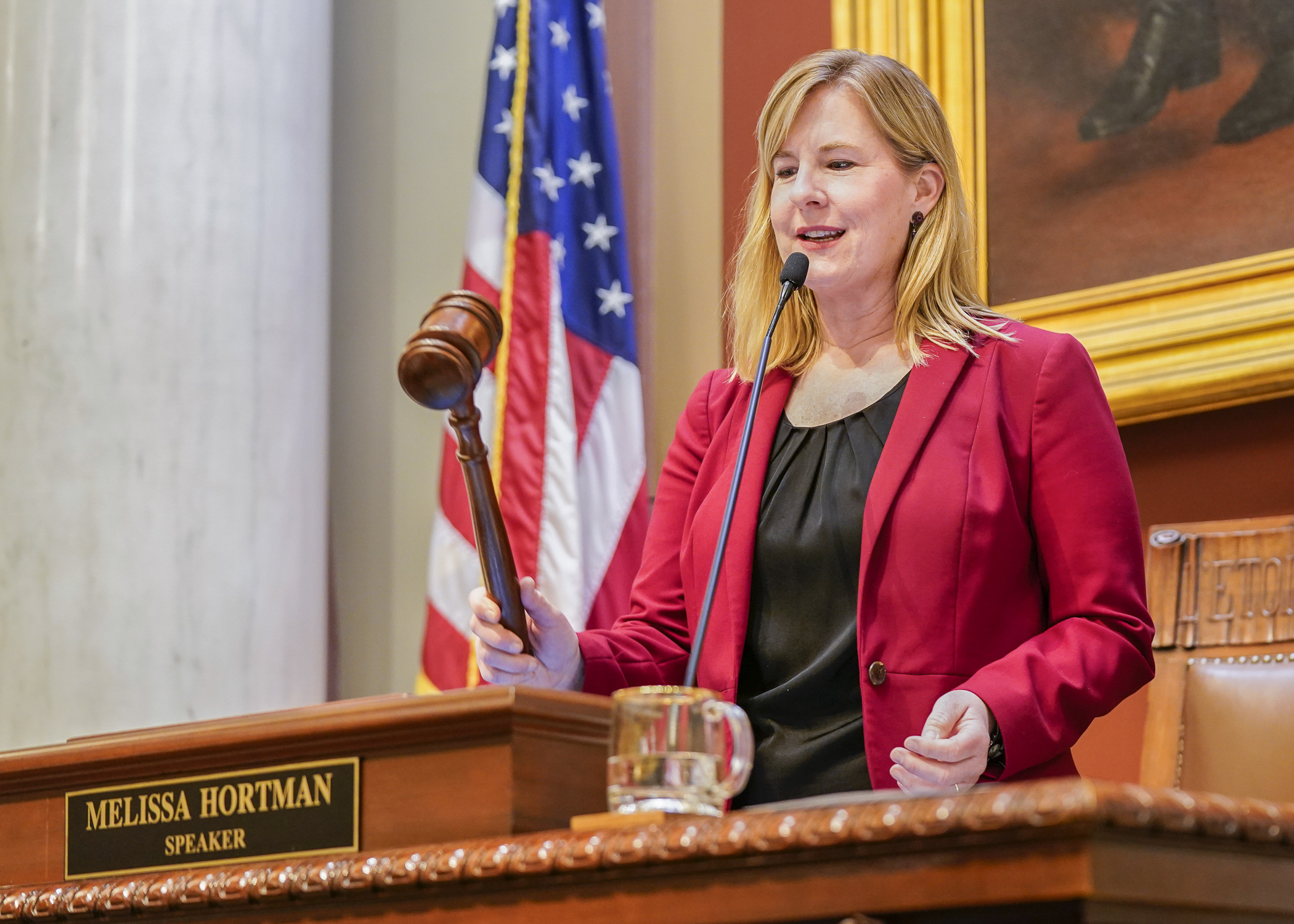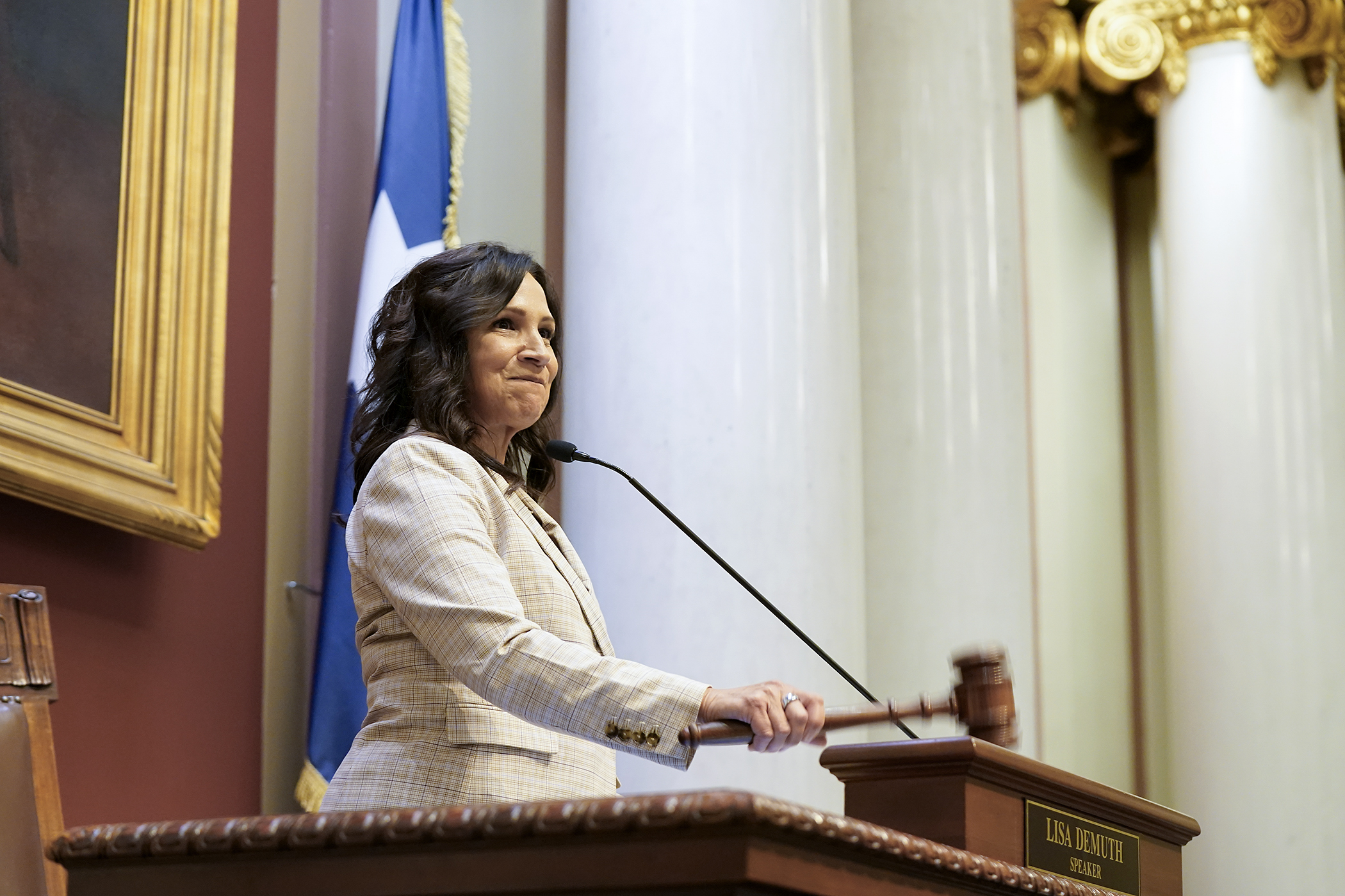Inflation, scholarships and safety are focus of U of M budget request

The state of higher education in Minnesota is something like a math problem. One that school leadership and a lot of legislators are gazing at like a complicated theorem on a whiteboard.
Could a drop in enrollment be addressed by improving the buildings? Or is keeping tuition down the key to attracting students?
Twelve days after Minnesota State officials asked the House Higher Education Finance and Policy Committee for an additional $350 million in the 2024-25 biennium, University of Minnesota leaders appeared before the same committee and requested $205 million more over the same period.
And the university’s president, Joan Gabel, said the bulk of it is about keeping up with inflation.
“The appropriation is back to where it was in 2008 in actual dollars, give or take,” Gabel said. “However, if you adjust for inflation, that $708 million in 2008 would be $960 million, as compared to our actual current appropriation of $714 million. So that’s a gap, or a loss of buying power, of $246 million.”
Of the $205 million ask, $135 million is earmarked for “core mission support.” That means addressing what Gabel said will amount to $90 million in annual inflationary costs, starting in fiscal year 2024. They’re asking the state to cover 50% of those cost increases, while the university will handle the other half by reducing administrative costs and increasing tuition revenue.
But do rising tuition costs scare off prospective students, thus threatening enrollment? The second-largest sum in the budget request is designed to address that, as another $60 million would go toward scholarships for Minnesota residents.
The university is hoping to make about $10,000 available over four years to each Minnesota resident entering as a freshman, with somewhere between $5,000 and $7,000 available to first-generation students entering as freshmen or transfer students.
Yet the U is betting that students (and their parents) would like to see one more element of the equation addressed: Are its campuses safe? That’s why the final $10 million in the request is focused upon public safety.
The university’s goal is to modernize security infrastructure, such as building access controls and cameras. On the Twin Cities campus, they hope to replace aging equipment and vehicles, and hire additional public safety staff and add a new K-9 unit.
Enrollment issues
At the committee’s Jan. 19 meeting, Minnesota State leadership said that systemwide enrollment had declined by 27.9% over the past 10 years. By comparison, the University of Minnesota is down 6% since 2013. All university campuses are down in enrollment, save for Rochester, which has grown 29.4% since 2013. The biggest drop is at the university’s Morris campus, which is down 44.5% over the same period. By contrast, the university’s Twin Cities campus is down only 1.9%. Undergraduate enrollment there is actually up 1% since 2013.
Rep. Joe McDonald (R-Delano) posited that University of Minnesota tuition is higher than at the Universities of Wisconsin and Iowa, but Gabel replied that, when larger financial aid packages at the U of M are taken into account, they’re similar in total cost to students.
Related Articles
Search Session Daily
Advanced Search OptionsPriority Dailies
Speaker Emerita Melissa Hortman, husband killed in attack
By HPIS Staff House Speaker Emerita Melissa Hortman (DFL-Brooklyn Park) and her husband, Mark, were fatally shot in their home early Saturday morning.
Gov. Tim Walz announced the news dur...
House Speaker Emerita Melissa Hortman (DFL-Brooklyn Park) and her husband, Mark, were fatally shot in their home early Saturday morning.
Gov. Tim Walz announced the news dur...
Lawmakers deliver budget bills to governor's desk in one-day special session
By Mike Cook About that talk of needing all 21 hours left in a legislative day to complete a special session?
House members were more than up to the challenge Monday. Beginning at 10 a.m...
About that talk of needing all 21 hours left in a legislative day to complete a special session?
House members were more than up to the challenge Monday. Beginning at 10 a.m...